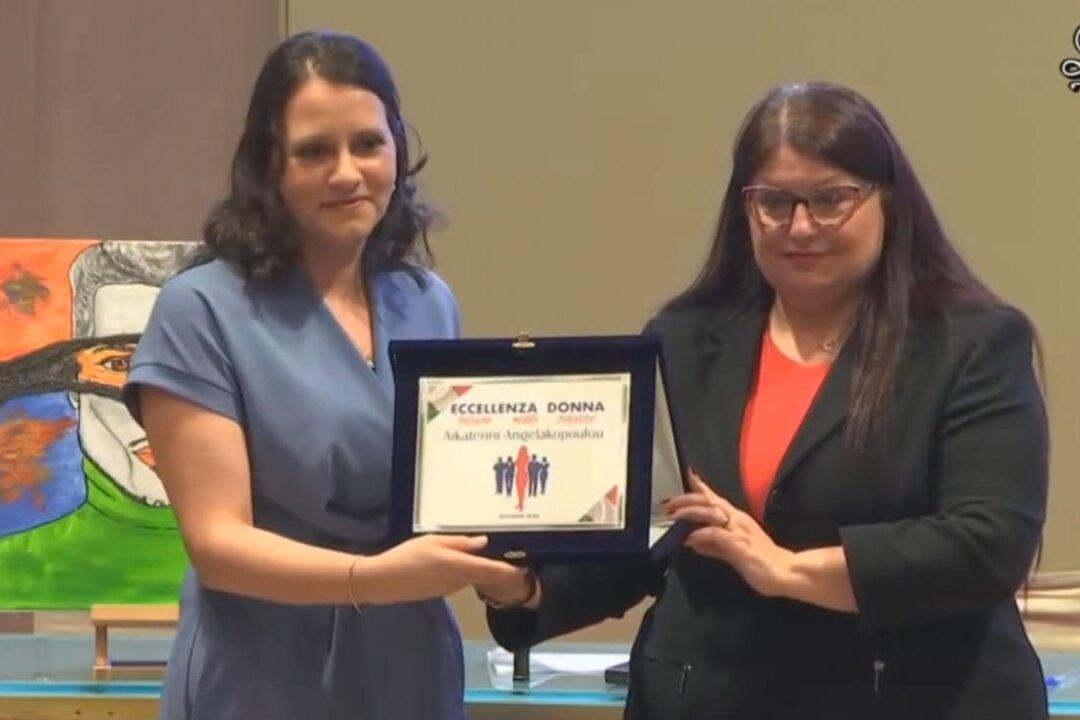Nearly 1 in 3 female high school students seriously considered suicide in 2021, according to the latest survey data from the U.S. Centers for Disease Control and Prevention (CDC).
Overall, 29 percent of respondents said they experienced poor mental health in the past month, while 42 percent said they felt “so sad or hopeless” almost every day for at least two weeks in a row to the point that they stopped doing their normal activities.
Girls (57 percent) were found to be more likely than boys (29 percent) to experience persistent feelings of sadness or hopelessness. By comparison, just 36 percent of girls and 21 percent of boy in 2011 reported feelings of persistent sadness or hopelessness.
According to the report, 22 percent of respondents seriously considered attempting suicide during the past year. The percentage of girls who seriously considered ending their lives increased from 19 percent in 2011 to 30 percent in 2021. For boys, the percentage was almost unchanged from 13 percent in 2011 to 14 percent in 2021.
“Young people are experiencing a level of distress that calls on us to act with urgency and compassion,” said CDC Division of Adolescent and School Health Director Kathleen Ethier. “With the right programs and services in place, schools have the unique ability to help our youth flourish.”
When it comes to bullying and violence, the report showed that teenage girls experienced worse outcomes compared to boys. Compared to their male peers, females respondent reported higher rates of not going to school because of safety concerns, being electronically bullied, being bullied at school, or being forced to have sex. Almost 20 percent of girls reported experiencing sexual violence.
Although the report illustrated trends that have been worsening over the decade, the CDC did acknowledge the impact of widespread school closures on teenage mental health during the COVID-19 pandemic.
“Schools can provide health, behavioral, and mental health services directly or establish referral systems to connect to community sources of care,” the agency said in the report. “The COVID-19 pandemic severely disrupted access to services for young people.”
With school returning to normal operations, the CDC recommended that they increase access to on-site services and referrals, and teach students how to take advantage of those services.
“High school should be a time for trailblazing, not trauma. These data show our kids need far more support to cope, hope, and thrive,” said Debra Houry, the CDC’s chief medical officer and deputy director for Program and Science.
“Proven school prevention programs can offer teens a vital lifeline in these growing waves of trauma.”





